When you decide to build or refine your corporate narrative, you’re not starting from zero. Unless you’re launching a startup, you have a basic version of your corporate narrative already. When someone asks what you do, and where you work, you don’t have to think about your answer: “I’m a sales rep for a pharma company”, or “I handle marketing for a medical device manufacturer.” And everyone at your company, from your receptionist to your CEO, has their own tailored version: “I manage customer support for our hospital customers” or “I develop software for a mammography system.” These statements are short and sweet, and they get the message across.
But while they communicate some basic facts, these kinds of descriptions don’t help to unite your customers or employees in working towards a shared objective, or trigger an emotional connection and response. A good corporate narrative, on the other hand, will accomplish these goals.
So how can you develop a powerful, emotional narrative that all of your stakeholders – prospects, customers, employees, shareholders, your community, your business partners – will appreciate and embrace?
First off, keep in mind that a good corporate narrative isn’t long, or complicated. If you include too many plot twists, it will be hard to understand and it won’t tell a compelling story. Your corporate narrative (and slogan, if you develop one) should be a simple, overarching story. The story it tells is huge (how your organization is changing the world), but the story itself should be short and easy to understand.
Really great corporate narratives can often be summed up in a slogan. Consider these examples: Think Different (Apple), Just Do It (Nike), Ingenuity for Life (Siemens), or We Fly Your Way (Luxaviation).
But before you distil your narrative into a slogan, you first need to craft your story. The list of questions below can help you to get started. And as you pull together your answers to these questions, remember to keep the focus on people, not products or technologies. Don’t talk about how your technology is “disrupting your industry,” or “enabling new efficiencies,” or “streamlining services.” Keep the focus outward, on the benefits that your company is bringing to the world, and the positive impacts you’re enabling.
- What makes your organization different?
How are you different from your competitors, both direct and non-direct, in terms of products, manufacturing, R&D, employment processes and compensation, scope, etc.? How are you different from other companies in your city or location? Where do you fit in a ranking of similar companies? What are you the best at, and where do you lag behind the others?
- What is the impact of your products or services on all of your stakeholder groups?
Who are your customers? Who are your customers’ customers? What are the benefits of your product/solution all the way down the line, from your direct customers to everyone who is impacted by your offering? How do you support your community? What groups are “touched” by your company, and in what ways? Do a deep dive into what it is your products/solutions make possible, for your different stakeholders.
- How are you changing the world?
(Or at least the worlds of your stakeholders?) How does your product or service help people to be happier, healthier, richer, smarter, more creative, etc?
- What do you want the legacy – and future – of your company to be?
Think about what your company will represent in 5, 10 or 50 years. What impact will you have had? What will your company have created, or enabled? How would the world be different if your company had never existed? What will exist in the future, enabled by the work of your company?
And a last suggestion – make sure to involve your employees in this process, in addition to the marketers, executives, and representatives from HR who will be on the team. Your employees are experts on your company and its story, and they’d be happy to help. Hold brainstorming sessions with everyone who wants to participate, make them interactive and fun, and encourage all opinions. Once you start to define your story, check back with these employee groups to make sure your story remains authentic and on track.
If you’d like to learn more about how to build a strong corporate narrative, contact Gunther Walravens



